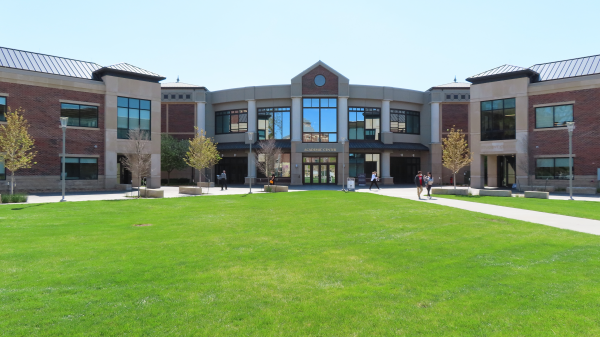May 12, 2003—Trees can significantly cool urban areas that generate heat and clean the air by absorbing pollution, according to two studies sponsored by the US Environmental Protection Agency (EPA) and the New Jersey Department of Environmental Protection (DEP).
The studies examined so-called “urban heat islands” surrounding the cities of Newark and Camden and explored various measures to mitigate their adverse effects.
Heat islands are formed in cities for various reasons, including buildings and dark pavement that absorb the sun’s rays rather than reflect them. The studies said that while it can take five years or more for a newly planted tree to grow enough to begin significantly cooling the environment and absorbing pollution, the long-term benefits of trees are irrefutable. In addition, trees add to the aesthetic value of neighborhoods and market value of homes and other buildings. They also absorb sound, prevent erosion, and provide habitats for wildlife.
EPA says that builders can also help reduce the heat island effect by constructing buildings using the principles of its Energy Star program, and by using lighter colored or more reflective surfaces on buildings, roofs, and parking lots.




